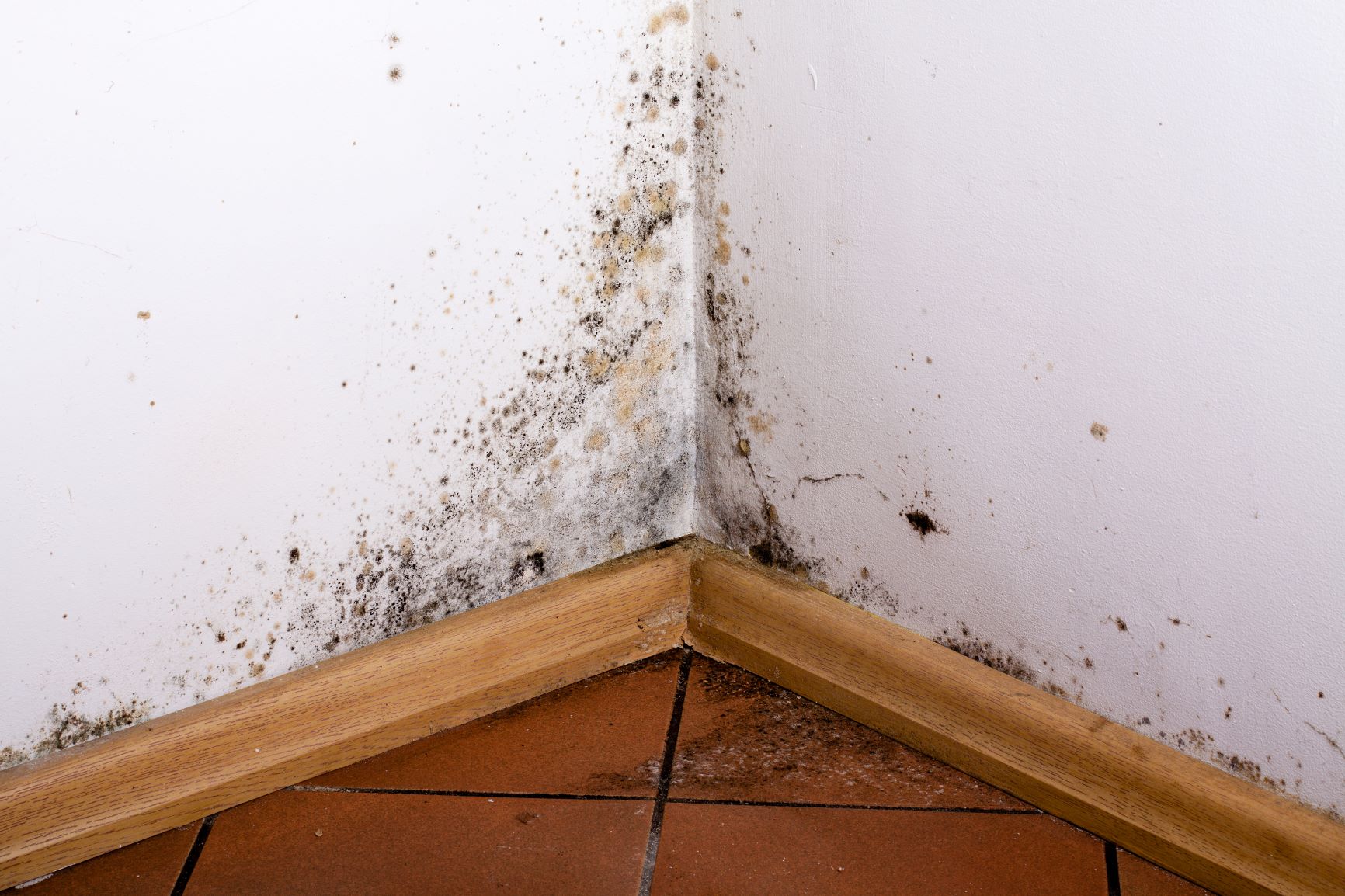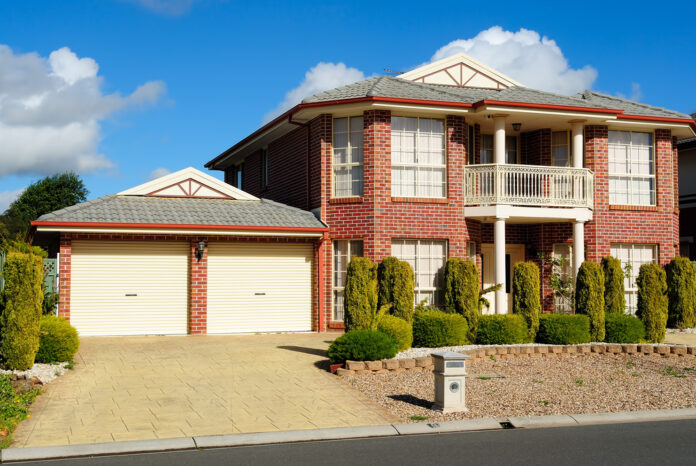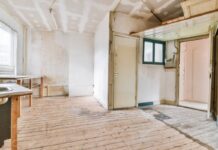We asked Andrew, our resident building inspection expert, whether broken roof tiles were a deal breaker on an investment property.
“Broken roof tiles aren’t a deal breaker, but how long they’ve remained broken is a bigger problem. If water inundation has been left unchecked for a prolonged period, the home may have all kinds of issues, from superficial mildew to structural damage. Broken roof tiles shouldn’t be ignored on your investment property inspection”
Looking at an investment property with broken roof tiles on the inspection report? Failure to act quickly when faced with broken or damaged roof tiles can put your home at risk of water damage, mould, mildew and wood rot, turning what could have been a simple roof repair into a costly affair.
What causes roof damage
Over time, Queensland’s harsh sun can cause tiles to crack, tradies cleaning gutters or fixing TV antennas can damage tiles but generally, it’s all about our turbulent environment. Queensland’s extreme weather puts even the toughest of roofs to the test. Strong gusts of wind, driving rain, hail, fallen trees and flying objects all have the potential to damage your roof. Queensland’s cyclone-prone north, including Townsville and Mackay, is especially susceptible to roof faults, sometimes mild enough to go unnoticed after a weather event.
A solid investment
Just like the rest of your house, roofs need to be maintained. In Queensland, it pays to check your roof for damage before and after storm season to ensure the inside of your home isn’t exposed to the elements. It’s essential to nip any issues in the bud before they develop into something more sinister.
Be aware of tell-tale signs of damaged roofs, including damp, dark or peeling patches on your ceiling or walls etc.
If you suspect you have broken roof tiles causing water inundation, book a local plumber to examine your roof and ceiling cavity for signs of water damage. The prompt replacement of broken roof tiles will not only protect your home from further damage, but will help you to maintain your house’s potential re-sale value.
Water damage
A broken tile, gap or crack in your roof is all it takes for water to seep into your home. By the time you notice a faint line of water trickling down your wall or a drip from the ceiling, significant damage has already occurred.
Water can wet and damage expensive insulation and cause ceilings and walls to stain, blister and bubble. In worse case scenarios, ceilings can collapse from large amounts of water pooling. Imagine the damage that could be caused to the inside of your home and your household contents if water starts flooding in. Carpets, curtains, TVs and furniture all run the risk of being damaged.
It doesn’t take long for the costs of repairing water damage to escalate and before you know it you could be forking out thousands of dollars to repair your home and replace damaged contents. This is a cost that could have been avoided if roof tiles were replaced promptly.
Mould

It takes just 24 hours for mould to start growing in moist and damp conditions. Wet insulation, walls, ceilings and carpets are a haven for hard to rid mould. Spores grow rapidly leaving a trail of stains on your ceilings and walls, not to mention an unpleasant musty odour.
Mould poses serious health risks to those exposed to it, too. Mould is toxic and puts you and your family at risk of respiratory illness or asthma, allergies, dermatitis, headaches and sinus. Long term exposure to mould can be particularly harmful for the elderly and children.
Wood rot
Some strains of mould and fungus can cause irreparable damage to your home’s wooden structure. Wood rot is the result of extended exposure to moisture and fungi and damages wood beyond repair causing it to resemble pulp in the long term.
Wood rot can cause significant structural damage to your home and can spread quickly if not managed properly. Termites love to make a meal of wood rot and don’t take long to cut through the wood and move onto their next tasty bite.
Insurance claims
If your home suffers significant damage to its roof, it’s worthwhile contacting your insurance company to see if you are covered for repairs or replacement.
Your insurance claim will be placed under scrutiny if you have not carefully maintained your roof, replaced broken tiles, cleaned gutters or protected your home from large trees.
Property value
Old and tired roofs with broken tiles can affect the sale of your home dragging down its appearance and value.
A building inspection report will uncover roof damage and any deeper issues that have resulted from a poorly maintained roof.
It’s vital to protect the value of your house and address roof issues when they first occur.
Get the professionals in
When replacing roof tiles, it’s important to undergo a comprehensive examination of your roof and its underlying structure. This may involve a pre-purchase building inspector, a roofer with plumbing certification, or a plumber.
If you’re not a fan of heights, you may decide that roof inspection and repair is best left to the experts.
A professional and experienced building inspector can provide a detailed examination of the exterior and interior of your roof giving you peace of mind.
Inspectors will give the roof cladding a thorough check, keeping an eye out for cracked tiles, rusting and/or loose roof sheeting, and loose, split or incorrectly installed flashing.
Gutters will also be inspected to ensure they aren’t blocked or inadequate, while the TV antenna and chimney are also given a full inspection.
The roof structure will be checked to ensure there aren’t any decaying or damaged battens and rafters.
Don’t make replacing broken roof tiles a bigger issue than it should be. Keep on top of your roof repairs replacing roof tiles as soon as they are broken to avoid unnecessary damage to your house and your wallet.





